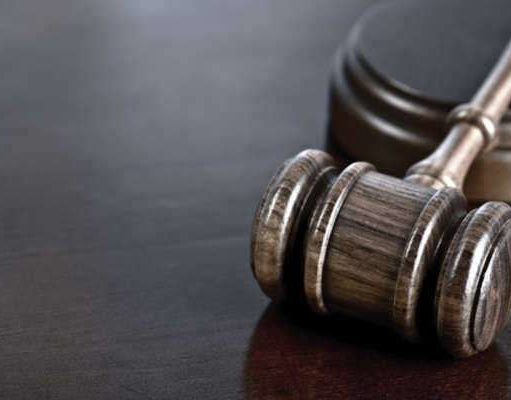
United States patent laws were significantly altered and affected with the 1994 passage of the General Agreement on Tariffs and Trade (GATT). After being approved by Congress, the package of legislation was signed by President Clinton on December 8, 1994. While the entirety of the GATT legislation took effect upon the start of 1996, substantial portions took effect on June 8, 1995, six months from the bill’s passage.
The first two major changes to American patent law contained in GATT were effected in terms of the period of time for which patents would be in effect and the new availability of a provisional application option. A third major patent law innovation arrived on January 1, 1996, in the form of new regulations on the patenting of inventions created outside the U.S.
Under United States law, patents registered through the presiding United States Patent and Trademark Office. Prior to the approval of GATT, U.S. patent laws had dispensed terms of protection lasting for twenty years. After the legislation went into effect, this period of time was increased to twenty years. The extension of the term for patent protection was, however, less extensive than might be gleaned from a cursory perusal of the changes.
The original language on terms of protection had specified that the period of seventeen years would commence with the issuance of the patent. In the new system, the twenty-year long period of protection was understood as beginning on the date on which the USPTO received the application for the patent. This change did not mean that a patent was protected from the moment that an application was submitted, but only that for the purposes of determining the end date for the period of protection, the application filing date would be referred to.
This change in the language underlying the changes may have concealed the extent to which the term of protection had not been greatly expanded. As legislators were aware at the time, USPTO filing procedures are not simple or quickly accomplished. A common period of time for the USPTO to take in approving a patent is two years. For that reason, the three-year increase in terms of protection sometimes understood as a legacy of the GATT legislation might be more realistically given as one year.
In regard to this change in language and to the many roadblocks which patent applications may encounter in the course of their journey to approval, the GATT legislation also made a new provision for the event of particularly long registration procedures. If such events as interference proceedings (on the issue of who was the first to invent a technology), secrecy orders (as regards patents impinging on America national security), and initial refusals, later successfully appealed, to issue patent registrations, the applicant could reasonably request that the USPTO give an additional five years for the protection of the patent.
Since the GATT legislation began to take effect on June 8, 1995, the United States’ patent laws have allowed applicants to file provisional applicants, prior to making the primary application. Regular applications require three elements, comprising the specification, a description of the patent’s tasks, a drawing, a visual source for all of the applicable details, and a claim, a statement as to the invention’s originality and effectiveness in accomplishing its purpose.
Provisional applications need include only the former two elements. In this way, prospective patent holders who have not fully worked out the functionality of their invention can preempt competitors working on similar ideas. The provisional application date does not apply to the term of protection, and it marks the beginning of a one-year period in which the applicant can fully ready the invention for patenting. In the various means through which applications can be challenged under United States patent laws, provisional applications are considered to the benefit of the initial patent applicant.
The last important GATT to go into effect dealt with inventions made abroad. These changes related to interference proceedings, a unique feature of American patent laws under which the individual “first to invent” something under consideration for patent protection is granted patent rights, potentially above the individual “first to file.” In allowing for such an occurrence, the United States differs considerably from the patent laws in effect elsewhere in the world, notably in Europe, where the right of “first to file” is strictly observed.
An interference proceeding blocks the registration of a patent until the validity of the plaintiff’s charge can be determined. Up to the point on which this portion of GATT took effect, on January 1, 1996, the date on which an invention in another country had been “reduced to practice,” as is the language used for an interference proceeding, was not eligible for consideration, in that patent laws have traditionally been restricted in their jurisdiction to a country’s own borders.
For this reason, an interference proceeding brought by an inventor from another country against an inventor in this one, before 1996, may well have failed if the American inventor has taken the course of filing first, even if the inventor outside the country had first devised the invention. This change in GATT made the evidence of invention accomplished in another country admissible for the purposes of an interference proceeding.












